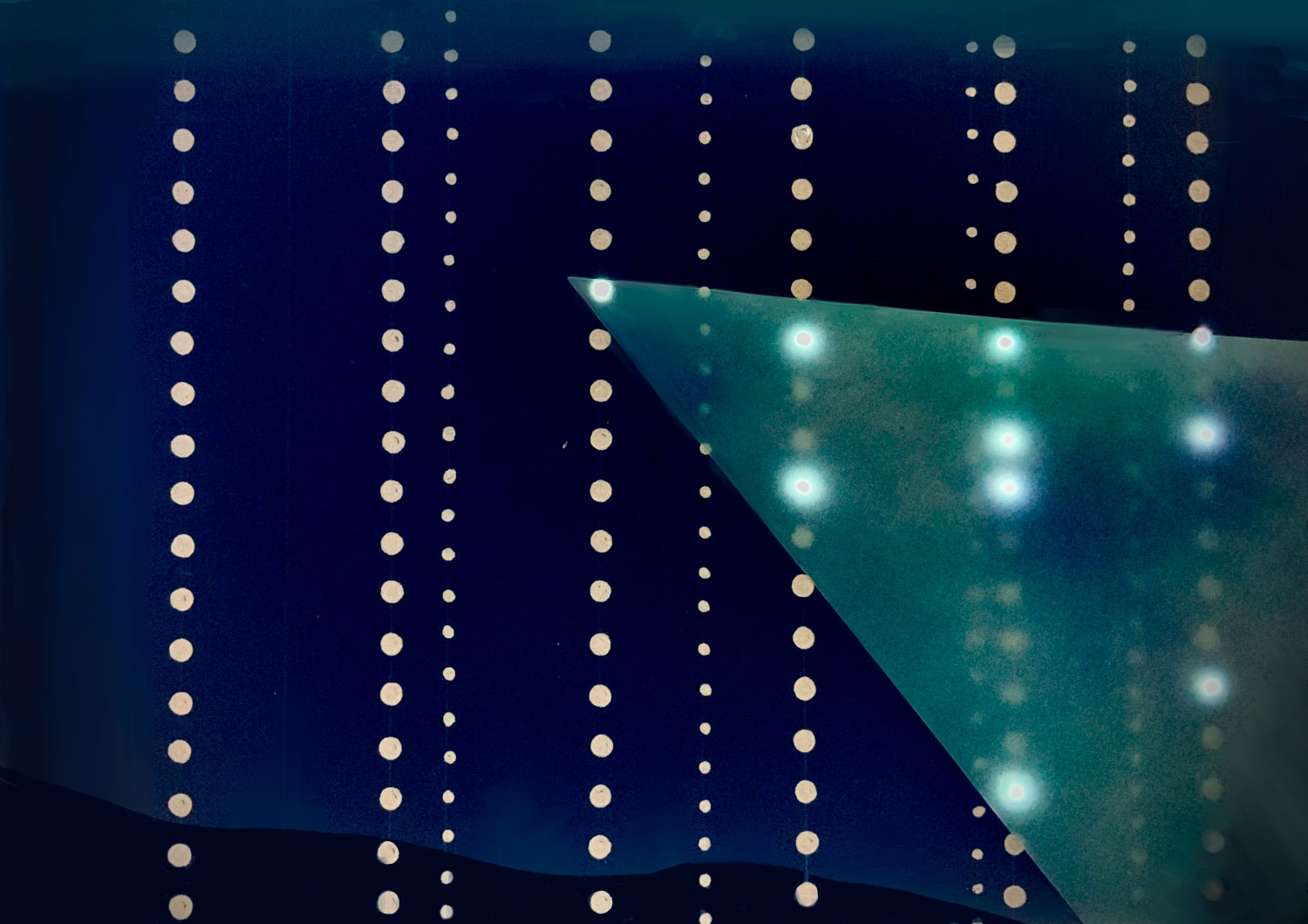Deep Sea Telescope
The Mediterranean Sea can serve as a laboratory for detecting particles that come from distant astrophysical sources. These particles are called neutrinos, and their nature and origins remain to some extent a mystery. Neutrinos are everywhere, but interact very rarely with the matter around them. They are almost massless and have no charge. In order to detect them, scientists need to generate a huge number of protons with which they may collide in order to maximize the chance of a rare interaction, as well as having many detectors in place to record these rare collisions. Water is a huge source of such protons, and where can we find a greater volume of water than in the sea? The KM3NET will be a collaborative research infrastructure located in the deepest seas of the Mediterranean. The few high-energy neutrinos that will interact with the water protons will produce very fast, high-energy charged particles, such as very fast electrons. These particles are electrically charged and have a high level of energy, and will emit light as they move through the water faster than light moves through water. This light will be blue, and the phenomenon itself is called Cherenkov radiation. The blue light will be detected by thousands of detectors, each of which appears like a golden sphere hanging from ropes that are attached to the seabed of the Mediterranean. The blue light is an indirect indication of a neutrino, and through their energy and direction, both the particles themselves and the sources they originally came from can be studied.
Sources: https://www.km3net.org/
A. Sinopoulou et al., “Atmospheric neutrinos with the first detection units of KM3NeT/ARCA”, Journal of Instrumentation, vol. 16, (2021).
http://spiff.rit.edu/classes/ast613/lectures/neutrino_water/neutrino_water.html
